
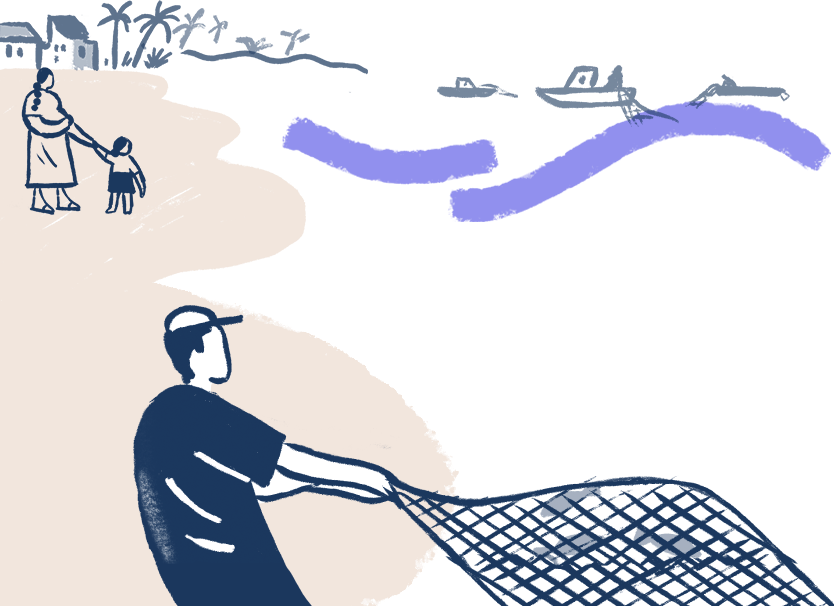


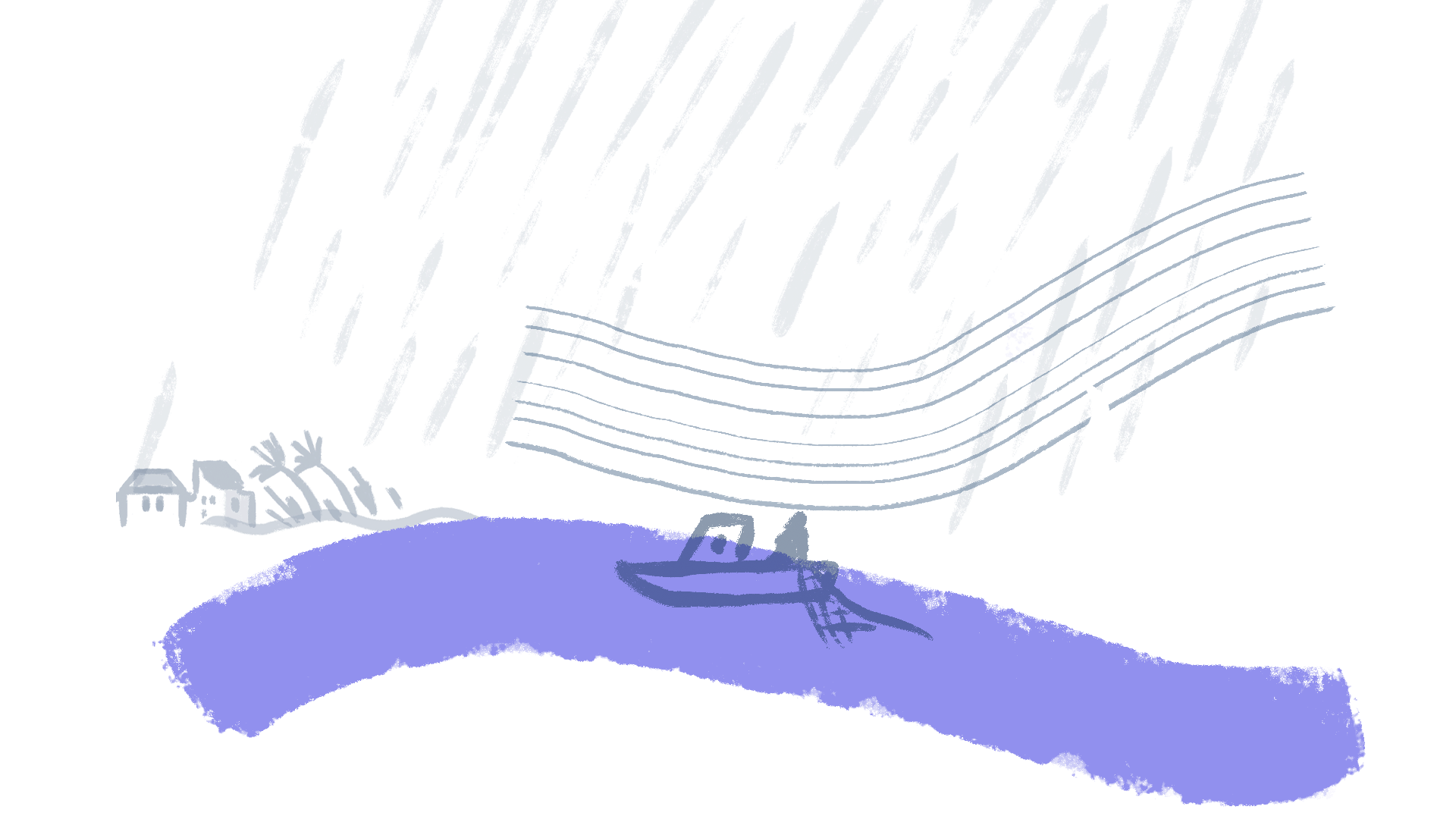



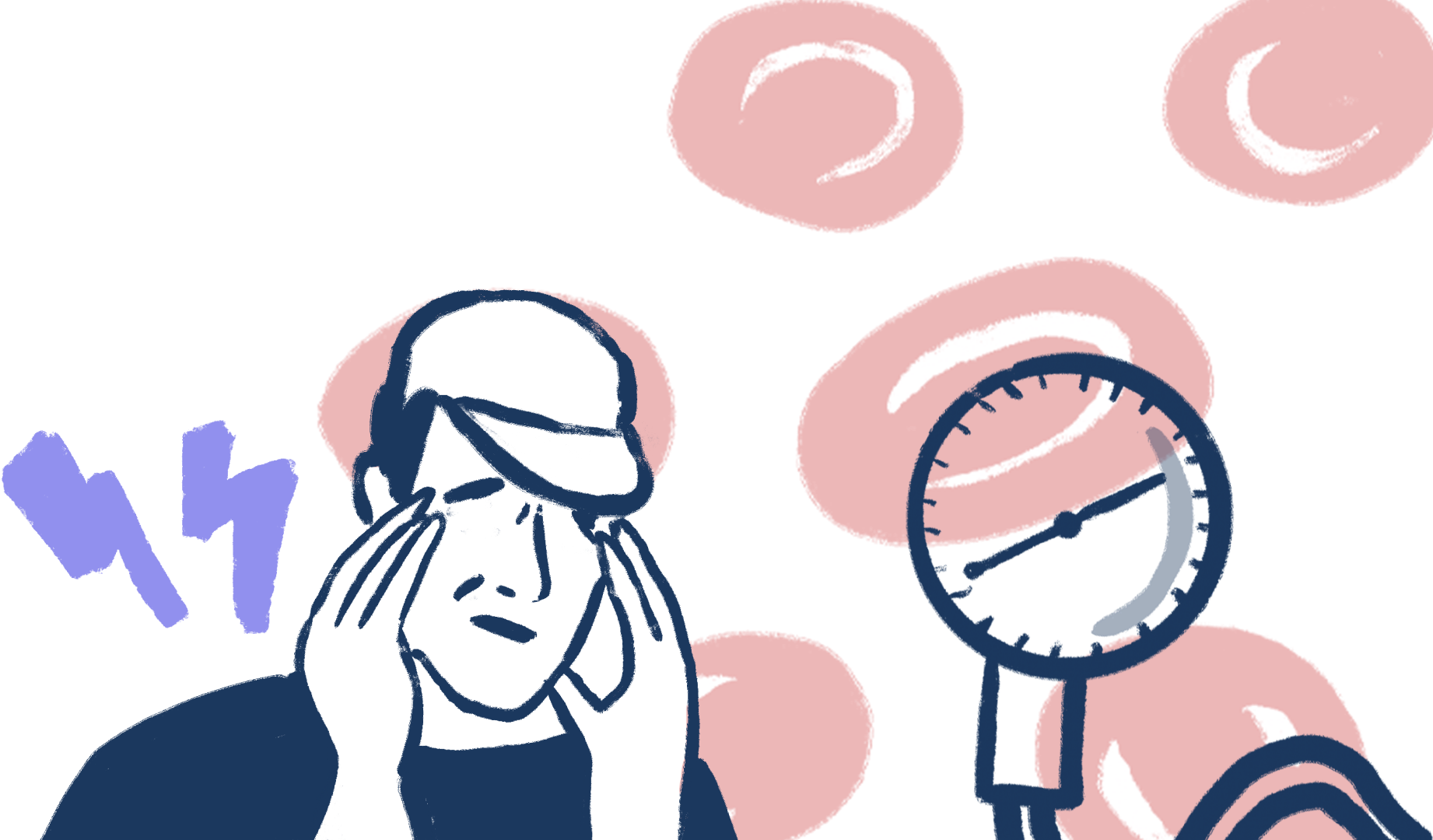

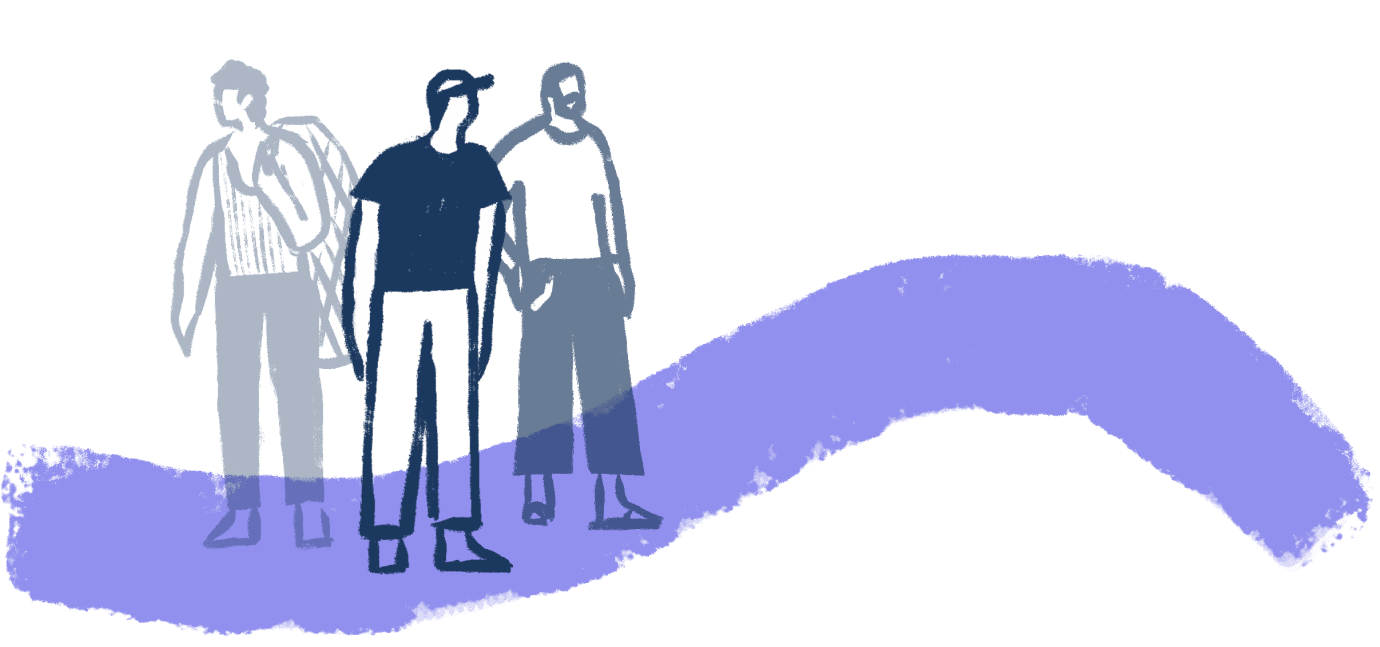






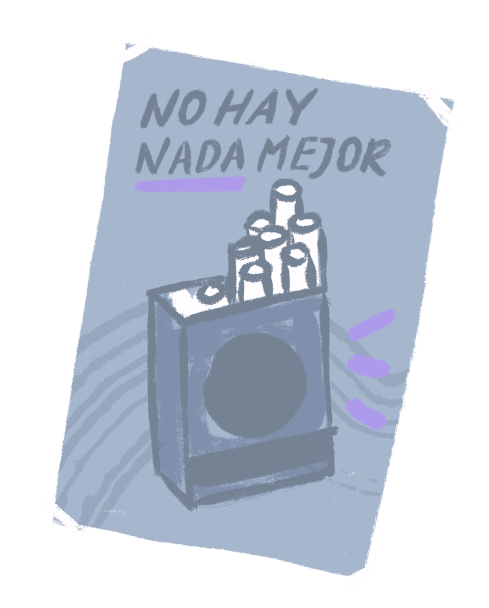
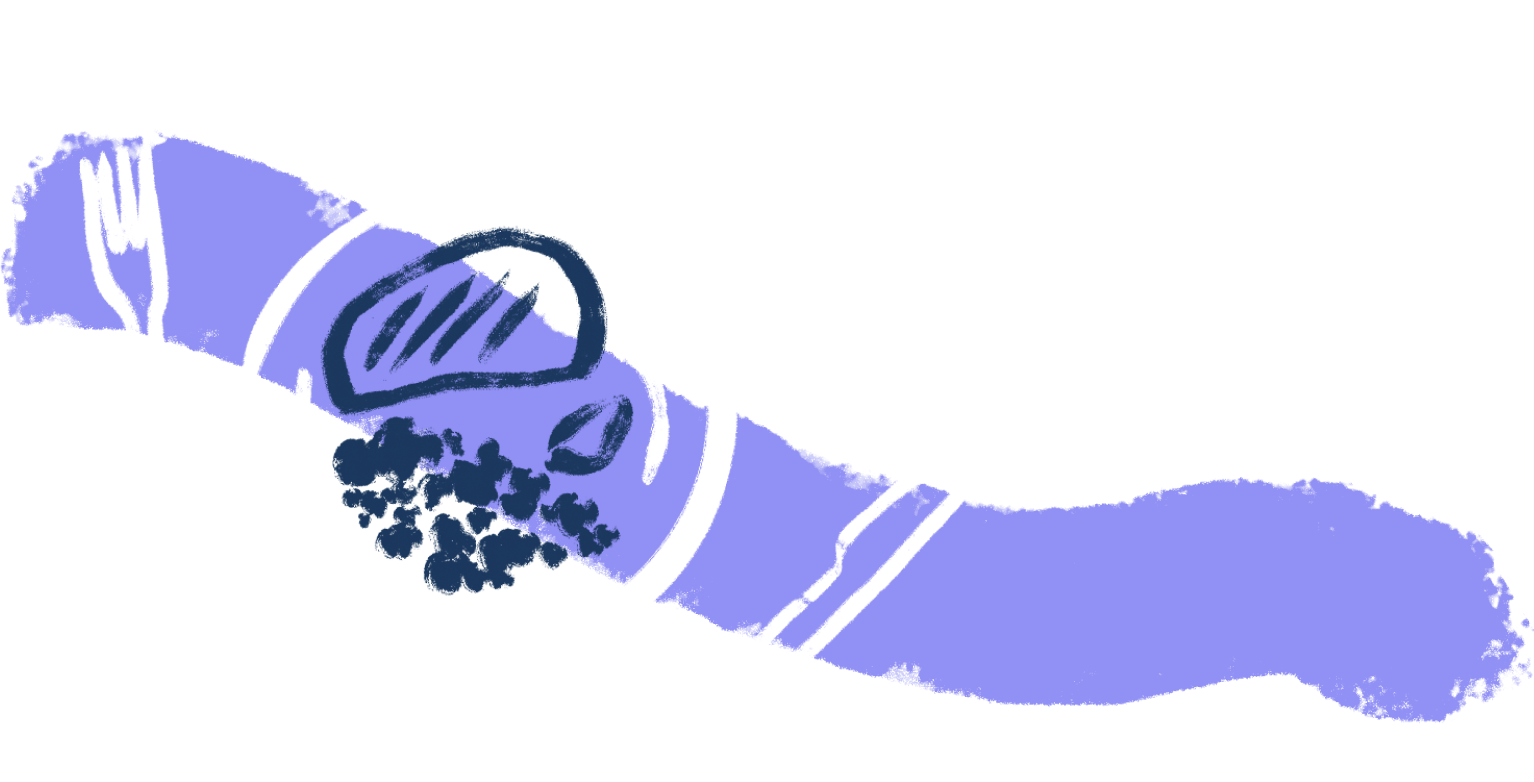








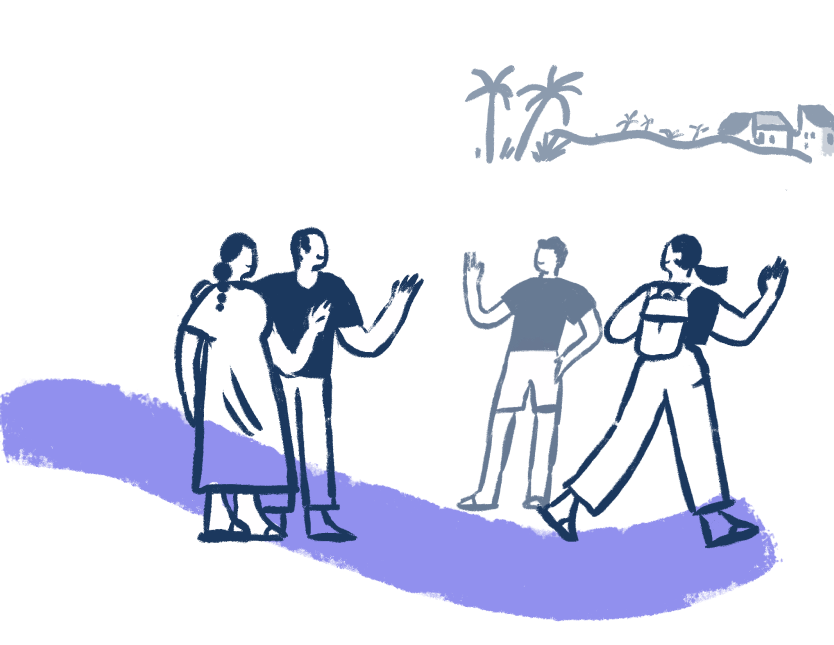


































Why do men’s and women’s journeys through hypertension differ so much?
How does gender influence their lives? And what systemic and structural imbalances present barriers or benefits to their health?
With a more gender-responsive approach to health policy, what could be done differently to manage the risks and make the right treatment more accessible to all? Already we’re seeing how targeted interventions are reducing cases of hypertension; but there’s much more we can do.
